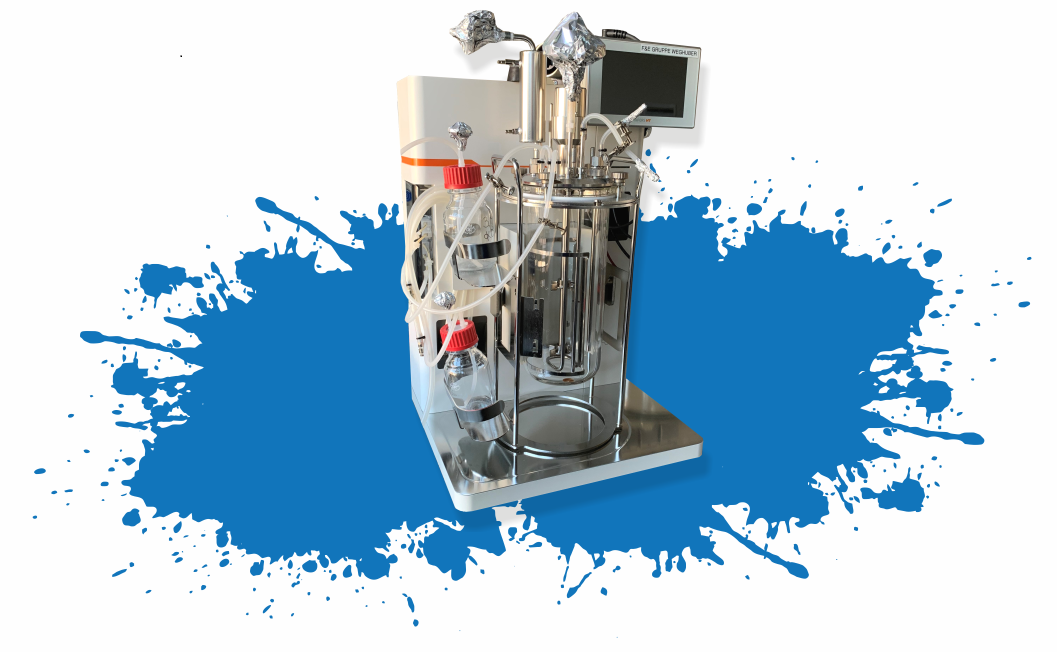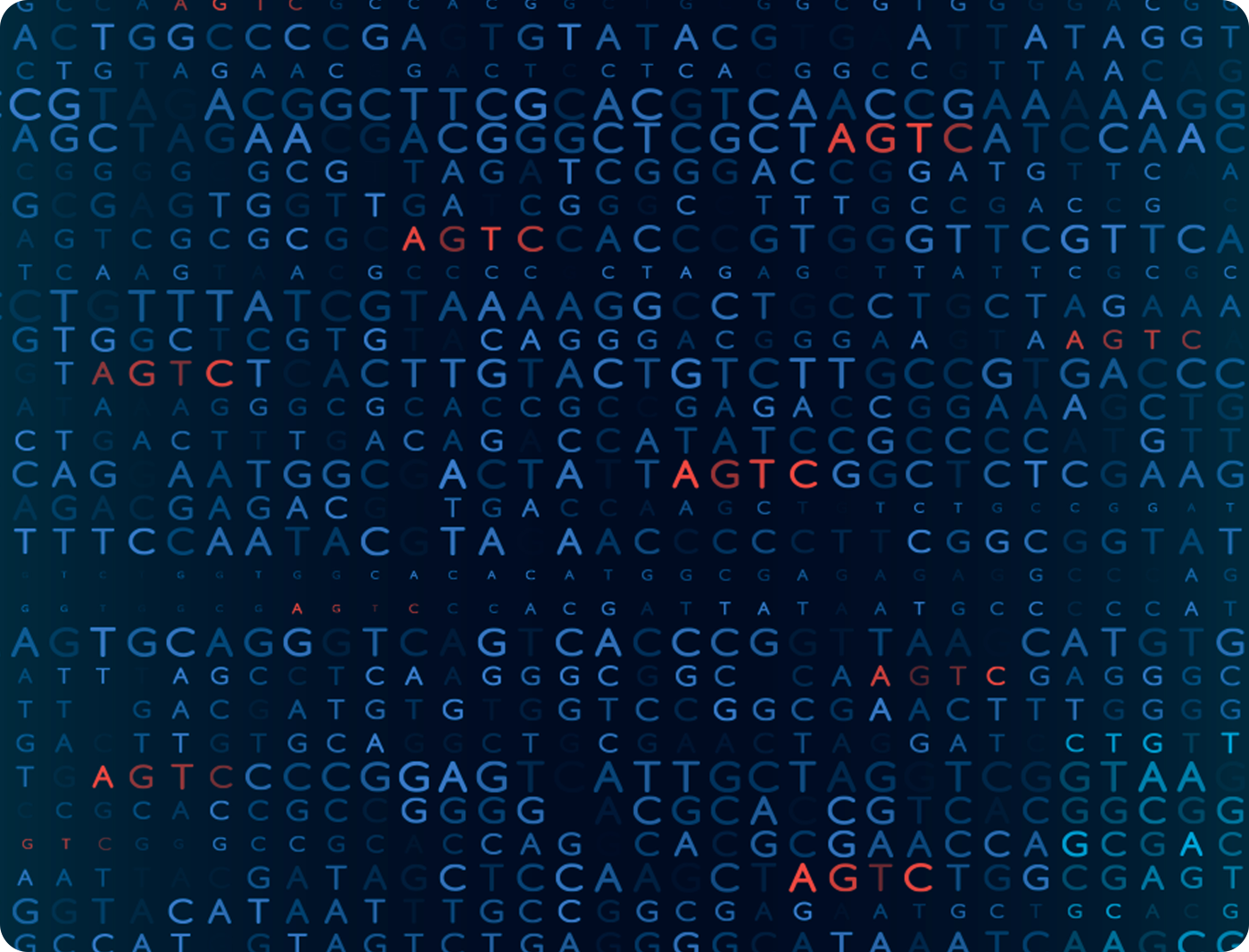Microbiology
Fermentation
The Minifors 2 is a compact and easy-to-use bioreactor with a full range of applications. It enables the simple and continuous culture of microorganisms such as Escherichia coli, Saccheromyces cerevisiae and various lactobacilli. Fermentation can take place under oxygen supply (aerobic) or in the absence of air (anaerobic). The biotic raw material is changed by microbial and autolytic enzymatic processes.
Technical data
3.0 L total volume with rounded, flat base | Stirrer speed from 150 to 1600 min-1 | Two 6-blade disc stirrers (Rushton) | Two integrated mass flow controllers for air, air/O2 or air/N2 (for microorganism culture) | Temperature control via exchangeable heating/cooling block | Recording of online parameters

High-troughput Fermentation
The BioLector XT is a high-throughput microbioreactor that enables the cultivation of up to 48 fermentation batches in special microtiter plates. Microtiter plates with pre-calibrated optical sensors allow real-time measurement of biomass, pH value and dissolved oxygen. Due to the small filling volume of approx. 2 mL per well, material consumption during fermentation can be reduced to a minimum. The device is therefore particularly suitable for optimizing fermentation processes and screening fermentations under controlled conditions. Both aerobic (with oxygen) and microaerophilic or anaerobic (exclusion of oxygen) fermentations can be carried out.
Technical data
48-well microtiter plates with 800 - 1900 µL volume per well (flower-well plate) or 1000 - 2400 µL volume per well (round-well plate) - the microtiter plates are optionally equipped with optical sensors for measuring biomass, pH value and dissolved oxygen; 10 - 50 °C temperature; 100 - 1500 rpm (3 mm diameter) stirrer speed; active humidification; module for anaerobic cultivation; module for measuring low pH values (pH 4-6)

Microbiome Sequencing (NGS)
Microbial profiling using 16S ribosomal RNA (rRNA) sequencing is a common method for studying bacterial phylogeny and taxonomy. The 16S rRNA gene is the most established genetic marker used for bacterial identification and classification, mainly because it consists of both highly conserved and hypervariable regions. The conserved regions can serve as universal primer binding sites for amplification of the entire gene or fragments of the gene, while the hypervariable regions contain species-specific sequences that can distinguish between different bacteria and archaea. Similarly, the internal transcribed spacer (ITS) region is used for taxonomic profiling of fungi.
Microbiome sequencing in cooperation with company partners.

I'll help you choose your study program.